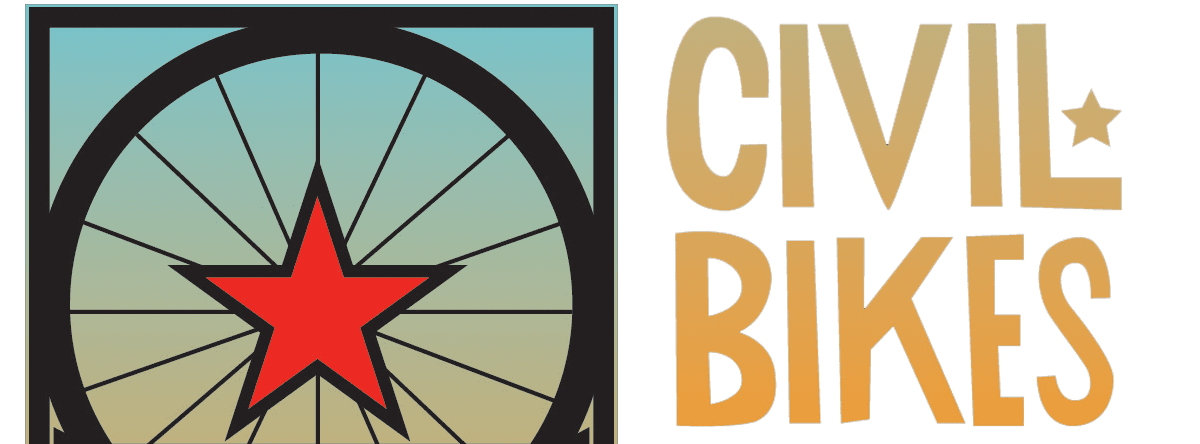The Black aesthetic of artist, Mary Parks Washington
Early Life
Mary Parks Washington is an Atlanta-born, fine art artist with decades of holding a dialectic with history and her lived experience. She forge room for herself and other Black and POC artists. She developed her own style of collage which she called “histcollage”, where she incorporated family photographs and documents into paintings. Washington was lauded for an art education curriculum and art practice for artists and her worked with Black and POC communities on historic preservation projects and produce art shows. Mary Jeanne Parks was born April 7, 1925. She grew up on Ashby Grove, went to the Chadwick School, graduated from historic Booker T. Washington High School and eventually Spelman, in 1946. Mary Parks Washington studied with Black art greats; including Elizabeth Prophet, William Artist, Hale Woodruff, and Reginald Marsh.
Black Mountain College
Foundational and memorable was the learning at Black Mountain College (BMC), during the war years. A Rosenwald Fund scholarship gave her the opportunity to study. Despite Jim Crow segregation, she reported being comfortable with being one of two Black students on campus. BMC had a more relaxed environment than Spelman. Students were not given grades, she wore pants for the first time, and made her own schedule. Mary Parks reflected on the fact that the admission of Black students was hotly debated among the liberal staff. She said, “Wouldn’t it have been wonderful if Black Mountain College could have imagined that Mary Jeanne Parks, a Black student from Atlanta, Georgia, could come to experience its facilities like any other student and be liked or disliked, interact, be remembered by some and forgotten by others; or, at least, to liberate many from their racial fears.”
Washington’s broad reach
Mary Parks Washington created and exhibited her artwork throughout her life. She won a number of awards. She established the first Human Relations program in San Jose, California. Additionally, she “pioneered work in fostering multi-ethnic, multicultural programs to promote tolerance, respect, and understanding- especially through art.” You won’t find her in your history books, at least not yet! Auburn Avenue Research Library Gallery has an exhibition until the end of April. A viewer will find Ashby Street bungalows, community life, and a portrait of her parents. The light pastels, pencil work leaves one with the faint, ephemeral impression of a memory. Give a visit, join our tour, create a new memory of this important Black woman artist. Mary Parks Washington “Black aesthetic” rooted in lived experiences and gave perspective into Black life.
